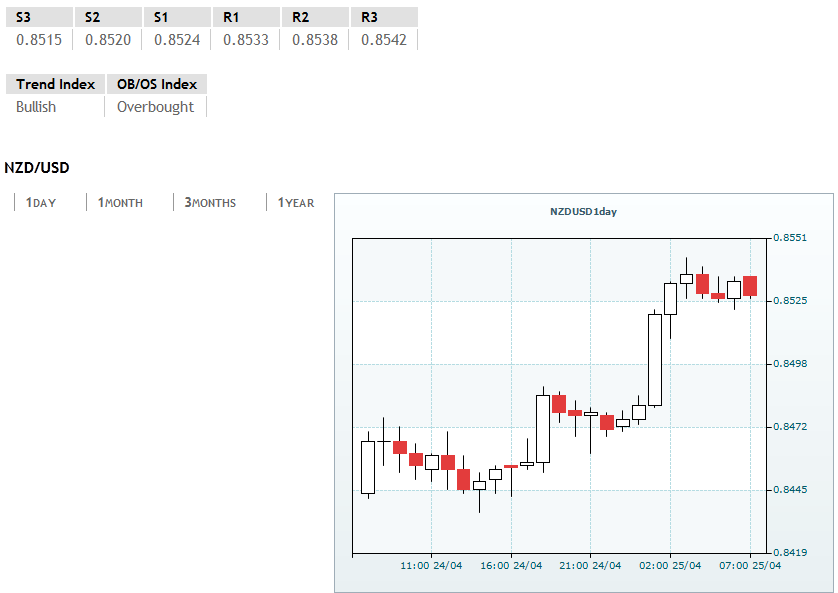Navigating the stock market can be complex, but understanding key concepts like support levels can provide a clear path forward. This article delves into how recognizing and using support levels can significantly boost your trading strategy, offering valuable insights and practical advice.
Introduction
Navigating the stock market can be challenging, but understanding certain key concepts can make a significant difference. Support levels are one such concept that can enhance your trading strategy by providing crucial insights into market behavior. But what exactly are support levels, and how can they be used effectively?
Understanding Support Levels
Support levels represent specific price points on a stock chart where a downward trend tends to pause due to increased buying interest. These levels act as a barrier that prevents the price from falling further, often leading to a rebound.

The Importance of Support Levels
For traders, support levels are crucial because they highlight potential entry and exit points. Knowing where a stock might stop falling and start climbing allows for better-timed trades and more strategic investment decisions.
Methods to Identify Support Levels
Identifying support levels involves examining past price data and spotting areas where the price has repeatedly halted its decline. Here’s how you can identify them:
- Historical Price Analysis: Study the stock’s price history to find recurring points of price stabilization.
- Technical Indicators: Utilize tools such as moving averages and trendlines to help identify support levels.
- Volume Insights: Large trading volumes at certain price points can indicate strong support levels.
Different Types of Support Levels
Support levels come in various forms, each offering unique insights:
- Static Support: This type is straightforward, appearing as a horizontal line on the chart where the price tends to stabilize.
- Trendline Support: In an upward trend, the trendline itself can act as a support level, guiding the stock price higher.
- Moving Averages: Longer-term moving averages, like the 200-day moving average, often serve as dynamic support levels that adjust with the stock price.
Practical Uses of Support Levels
Support levels are versatile tools in trading, used in several key ways:
- Entry Points: Purchase stocks when they are near a support level, anticipating a price rebound.
- Exit Points: Sell stocks if they break below a support level, indicating potential further declines.
- Stop-Loss Orders: Place stop-loss orders just below support levels to minimize losses if the support does not hold.
Common Mistakes to Avoid
Even with their benefits, using support levels incorrectly can lead to mistakes:
- Ignoring Market Context: Support levels should not be used in isolation. Always consider broader market conditions.
- Over-Reliance on Support Levels: Use support levels as part of a diversified strategy, not the sole focus.
- Neglecting Adjustments: Regularly update your analysis as support levels can shift over time.
Real-World Examples
Understanding support levels is clearer with real-world examples. Consider these well-known stocks and their behavior around support levels:
- Apple Inc. (AAPL): Historically, Apple’s stock has found strong support around the $100 mark, often rebounding from this level.
- Microsoft Corp. (MSFT): Microsoft’s stock frequently finds support near its 200-day moving average, offering a dynamic support level.
Integrating Support Levels into Your Strategy
To effectively incorporate support levels into your trading strategy, follow these steps:
- Continuous Analysis: Regularly analyze your stocks to identify and adjust support levels.
- Combine Indicators: Use support levels alongside other technical indicators for a comprehensive analysis.
- Backtesting: Test your strategy with historical data to ensure its reliability.

Conclusion
Support levels are a powerful tool for enhancing your trading strategy. By understanding and effectively using support levels, you can make more informed decisions, minimize risks, and increase your chances of success in the stock market. Remember, while support levels are valuable, they should be part of a broader, well-rounded trading strategy.
FAQs:
1. What are support levels in trading? Support levels are specific price points on a stock chart where the price tends to find support as it falls, often preventing further decline due to increased buying interest.
2. Why are support levels important for traders? Support levels help traders identify potential entry and exit points, allowing them to make better-timed trades and informed investment decisions.
3. How can I identify support levels? You can identify support levels by examining historical price data, using technical indicators like moving averages, and observing trading volumes at certain price points.4. How can I use support levels in my trading strategy? You can use support levels to determine entry points for buying stocks, exit points for selling, and placing stop-loss orders to minimize potential losses.


